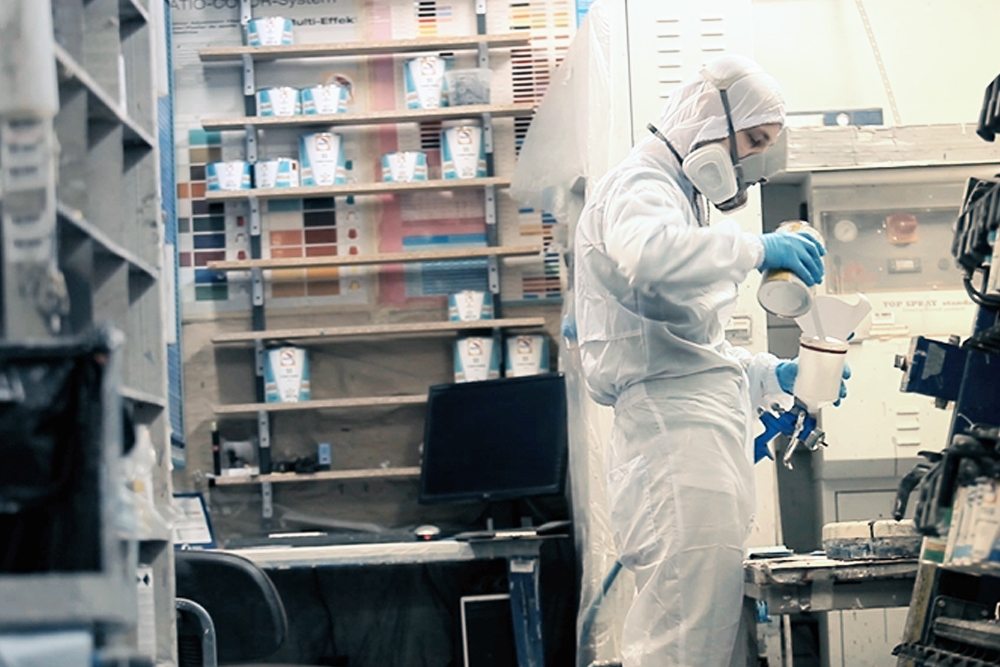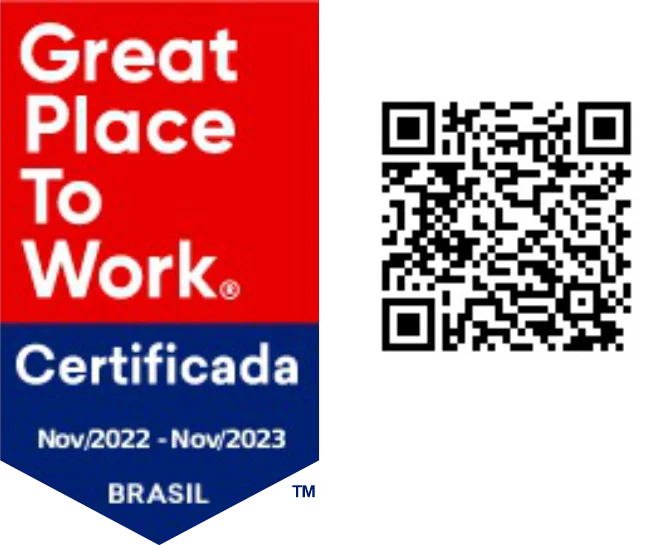Despite being pointed out as one of the sectors that would suffer the most from the social isolation measures resulting from the fight against the pandemic, the truth is that the construction segment managed to recover quickly. The demand even grew in the second half of 2020, even boosted by the injection of income from the Emergency Aid.
Thus, unlike other sectors, more than 54% of building materials retailers recorded an increase in sales in July when compared to the same period in 2019. In May, the percentage was 42% of retail leaders reporting growth. Only in one since the pandemic began (April) has there been a downturn in demand. The data referred to here are from the Anamaco Thermometer (Associação Nacional dos Comerciantes de Material de Construção – National Association of Construction Material Merchants), a monthly survey conducted in partnership with the Brazilian Institute of Economics of the Getulio Vargas Foundation (Ibre/FGV).
One of the highlights of September 2020 in this survey was for paints and varnishes. The paint segment had 57% optimistic signals regarding sales behavior. Also according to the Anamaco Thermometer, high sales growth was registered in the last three months in this segment – from 45% to 48%. According to a specialist in the sector, the rising numbers are linked to small repair works, but also to renovations and heavy works.
With this generalized increase in demand, there is a shortage of inputs and raw materials in the market, which makes the current context a good time for
import
. Whether because such inputs are not available in Brazil, or because they are sold abroad at more competitive prices, the truth is that this is a business with potential to be explored. Pigments, resins, additives and solvents, and raw materials such as styrene acrylic, polysiloxane, polyvinyl acetate, and titanium dioxide (TiO2) are examples of important items for the paint industry.
The latter, titanium dioxide, is especially relevant. It is a white pigment that gives whiteness to the paint, and is the exclusive dye of white paints. Local production of this input is insufficient to meet Brazil’s demand. China is the country that concentrates the world’s largest reserves of this ore, and is one of our country’s main suppliers.
Thinking of helping those who want to take advantage of this business opportunity, in today’s post we continue our series “
Import
“and show the main procedures that must be followed when importing inputs and raw materials for the paint industry. Read on to learn more!
Taxes
First, let’s start by identifying which taxes are levied on the import of inputs.
Import Tax
Import tax (II) is levied on the importation of foreign goods. Its calculation base is the customs value – that is, according to the IRS, “all payments made or to be made as a condition of the sale of the goods and not necessarily made in cash.
The rate is indicated in the Common External Tariff (TEC) table, ranging from zero to 35%, depending on the type of imported goods. It is worth pointing out that this is also an advantage of importing from Mercosur member countries. Except for a small list of exceptions, the vast majority of products have a 0% tax rate.
Tax on Industrialized Products
The Tax on Industrialized Products (IPI) is levied on imports with customs clearance of products of foreign origin.
The calculation base is composed of the sum of the customs value and the II value. The rates can be found in the Table of Incidence of the Tax on Industrialized Products (TIPI).
PIS (Social Integration Program) and Cofins (Contribution for social purposes)
In general, the following rates apply:
PIS: 2.1%;
Cofins: 9.65%.
Tax on Circulation of Goods and Services
The Circulation of Goods and Services Tax (ICMS) is the only state tax levied on import operations. The taxable event occurs upon customs clearance of the input. The tax rate is determined by the state in which the product will be sold.
The ICMS calculation basis is complex and was adjusted to avoid a disproportion in tax collection among the Brazilian states. The formula is:
(Customs value + II + IPI + PIS + COFINS + Siscomex fee + expenses incurred until the moment of customs clearance) ÷ (1 – ICMS rate due).
The IRS provides an online simulator for tax expenses, which is worth checking out.
Finally, it is important to mention that the state of Santa Catarina has economic stimulus programs, among them the Special Tax Treatment (TTD) and the Pro-Employment, which includes reduction and even suspension of certain taxes, reducing tax costs for importers.
Tips for importers
Next, we list a step-by-step for companies that want to import raw materials for the paint industry.
Import Radar
In order for your company to be able to start export and/or import activities, it must be registered with the so-called “Radar de Importação” (Customs Intervening Party Tracker). This is a mandatory system of the Federal Government, which allows individuals and companies to conduct foreign trade operations.
To do this registration, it is necessary to gather a series of documents. If everything is in conformity, the company will have access to another system, the Integrated Foreign Trade System(Siscomex), through which it can follow the entire import process.
A Normative Instruction no. 1288/2012 is the reference legislation that lists the documents required for legal entities wishing to perform import activities – among them are documents of incorporation of the company, documents of the legal representatives, proof of paid-up capital stock, company certificates, digital certificate for the company and legal representative. On average, it takes up to 10 days to get the authorization.
Finding the supplying company
Importing virtually any product begins with looking for foreign suppliers. In some sectors, it is common to have representatives of such companies established in Brazil. In this case, the representative on national soil can do all the negotiation intermediation for the arrival of the inputs from abroad.
Another possibility is to visit fairs. These events are great opportunities to meet suppliers, to be aware of new product and technology launches, and to make quotations with different suppliers.
Negotiation
Once the potential suppliers have been identified, the next step is to initiate contacts, request quotes, and identify the one(s) best able to meet your needs.
It is important at this stage to define the Mercosur Common Nomenclature (NCM). To do this, you need to ask the suppliers for the product quotation and information about a minimum order. The NCM has eight digits and comes on the Commercial Invoice, a document issued by the exporter, which, in foreign trade, is equivalent to our Invoice. This number will influence the tax rates to be paid.
Costs
It is important to draw up a cost spreadsheet. It allows you to visualize better economic viability of the business. Take into account the factors that influence the final price of the inputs, such as taxes, international freight, International Transport Insurance, duties, internal freight, eventual storage fees, etc.
Contract and Inconterms
Once the supplier has been chosen, during the contract signing, it is important to include all possible details, such as technical requirements, responsibility for transport and insurance, guarantees, delivery time, forms of payment, among other factors.
The importer must also request the exporter to send a document that formalizes the price applied in the operation, sales conditions (Incoterms), the payment modality and the deadline for delivery of the goods. At any time, the inspection bodies can request the pertinent documentation.
Import Licensing (LI)
Depending on the type of input you want to import, you may need an Import License (LI). To find out if this is the case, it is necessary to consult the Import Administrative Treatment Simulator of the Siscomex system. This system also tells you which government agencies are responsible for the consent.
If you want to import raw materials for the paint industry and are thinking of doing it yourself, you should know that this is a risky option. This is a complex issue, which needs a technical performance, from someone who really understands the subject. Also, importing successfully requires selecting the correct location!
Know that you can count on Open Market‘s expertise. For more than 20 years in the market, we are located in Santa Catarina, a state that offers incentives and advantages for imports. We provide intelligent solutions in the management of foreign trade and, with services in the area of imports and exports, we guarantee total control of these processes. Want to know more? Contact us right now and we will be happy to answer your questions!
Be sure to read the other articles in our series on Importing. Oh, and like our Facebook page or follow us on Instagram.
Until the next post!


